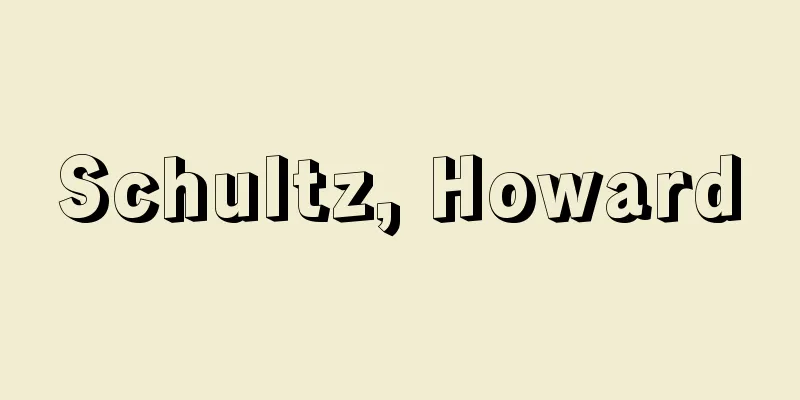Toshusai Sharaku

|
Dates of birth and death unknown. Ukiyo-e artist of the late Edo period. From May 1794 to the following New Year, he intensively produced many prints of actors (some of them sumo wrestling) based on the kabuki and kyogen performances of the time, after which he severed ties with the ukiyo-e world and little is known about him. He has attracted attention as a "mysterious ukiyo-e artist," and many imaginative theories have been put forward that attribute him to famous and unknown figures of the same generation, but all of them have weak evidence and remain in the realm of hypothesis. The only reliable documents from his time are the article "Sharaku also made portraits of Kabuki actors, but because he tried too hard to portray the real thing, he drew them in a distorted way, so his work was not popular for long and stopped after a year or two" written in "Ukiyoe Ruiko" by Ota Nanpohara, and the report in "Edo Hokakuwake" that tells us he lived at Jizobashi in Hatchobori and that he died before 1818. Saito Gesshin, who lived in the late Edo period, speculated that "Saito Jurobei, popularly known as Saito Jurobei, lived in Edo Hatchobori, and was a Noh actor for the Lord of Awa" ("Zouho Ukiyoe Ruiko"), which has attracted attention, but has not yet been confirmed. A total of 142 prints remain (scholars say between 143 and 145), all published by Tsutaya Juzaburo. The periods in which they were produced can be divided into the following four periods, according to the performance periods of the Kyogen plays that they were based on. [First Period] May 1794 (6th year of the Kansei Era) A total of 28 large-sized, half-body portraits of actors printed with black mica. The signature is "Toshusai Sharaku Painting." [2nd Period] July to August 1790, 38 sheets in total [Third Period] November 1790 to November 1791. A total of 64 pieces: 47 thin-format full-body portraits of actors, 11 small-format large-head portraits of actors, 2 small-format memorial portraits of actors, 1 small-format sumo painting, and 3 large-format sumo paintings (triplets). In principle, the signature is "Sharaku-ga." [Fourth Period] January 1795 (Kansei 7), 12 pieces in total: 10 narrow-format full-body portraits of actors, 2 small-format sumo wrestlers, and the signature "Sharaku painting." Of these, the series of large head paintings from the first period are the most outstanding in quality, with uncompromising caricatures, bold deformations, and serious psychological depictions hidden behind caricatured exaggeration, resulting in unprecedentedly unique actor portraits. After that, despite the negative public reaction, he increased the number of his publications, but the quality of his work rapidly declined. Sharaku's actor portraits were formally imitated by Kabukido Enkyo (1749-1803, the pen name of the second Nakamura Jusuke, a kabuki and kyogen composer), but his essential understanding was deepened by his predecessors Katsukawa Shun'ei and Utagawa Toyokuni, as well as the beauty painter Kitagawa Utamaro. [Tadashi Kobayashi] "Sharaku" by Suzuki Juzo (1966, Kodansha)" ▽ "Ukiyo-e Artist Sharaku" by Segi Shinichi (1970, Gakugei Shorin) ▽ "Ukiyo-e Taikei 7 Sharaku" by Yamaguchi Keizaburo (1973, Shueisha) ▽ "Japanese Art 139 Sharaku" edited by Kobayashi Tadashi (1977, Shibundo) ▽ "Julius KurthSharaku (1910, R. Piper & Co., Munich)" A large-headed actor portrait of Ichikawa Ebizo (the 5th Ichikawa Danjūrō) playing Takemura Sadanoshin in "Koi Nyōbō Somewake Tezuna." Black mica print, 1794 (Kansei 6), published by Tsutaya Jūzaburō, owned by the Metropolitan Museum of Art . Toshusai Sharaku's "Ichikawa Ebizo and Takemura Sadanoshin" Source: Shogakukan Encyclopedia Nipponica About Encyclopedia Nipponica Information | Legend |
|
生没年不詳。江戸後期の浮世絵師。寛政(かんせい)6年(1794)5月から翌年正月まで、当時上演された歌舞伎(かぶき)狂言に取材して多くの役者絵版画(一部相撲(すもう)絵)を集中的に制作、その後は浮世絵界との関係を絶って、消息はほとんど伝わらない。「謎(なぞ)の浮世絵師」として関心をひかれ、同世代の有名・無名の人物に仮託する想像説が数多く提出されてきたが、いずれも根拠が薄弱で、仮説の域を出ていない。 在世期に近い信ずべき文献資料としては、大田南畝(なんぽ)原撰(せん)の『浮世絵類考』にみえる「写楽 これまた歌舞伎役者の似顔をうつせしが あまりに真を画(えが)かんとてあらぬさまにかきしかば 長く世に行われず 一両年にして止む」の記事や、八丁堀地蔵橋居住と文政(ぶんせい)元年(1818)以前に死没の事実を伝える『江戸方角分(ほうがくわけ)』の報告例などが、わずかにあげられるにすぎない。幕末の斎藤月岑(げっしん)は「俗称斎藤十郎兵衛 居江戸八丁堀に住す 阿波(あわ)侯の能役者也(なり)」と考察(『増補浮世絵類考』)しており、注目されるが、いまだ確認されていない。 版画作品は総計142枚(143~145枚と学者により数が異なる)が現存しており、いずれも蔦屋重三郎(つたやじゅうざぶろう)を版元としている。それらの作画期は、取材狂言の上演時期に応じて、次のような4期に区分される。 〔第1期〕寛政6年(1794)5月 計28枚 〔第2期〕寛政6年7~8月 計38枚 〔第3期〕寛政6年11月~閏(うるう)11月 計64枚 〔第4期〕寛政7年(1795)正月 計12枚 これらのうち、もっとも優れた内容をもつのは第1期の大首絵連作であり、妥協のない似顔表現と大胆なデフォルメ、戯画的な誇張の奥の深刻な心理描写など、前例のない個性的な役者絵となっている。以後、世の不評に逆らって出版点数を増大させるが、作品の質は急速に衰えていった。写楽の役者似顔絵の形式的な模倣は歌舞伎堂艶鏡(えんきょう)(1749―1803、歌舞伎狂言作者2代目中村重助(じゅうすけ)の画名)によってなされているが、むしろ本質的な理解は、先輩格の勝川春英(しゅんえい)や歌川豊国(とよくに)、さらには美人画家の喜多川歌麿(うたまろ)などにより深められている。 [小林 忠] 『鈴木重三著『写楽』(1966・講談社)』▽『瀬木慎一著『浮世絵師写楽』(1970・学芸書林)』▽『山口桂三郎著『浮世絵大系7 写楽』(1973・集英社)』▽『小林忠編『日本の美術139 写楽』(1977・至文堂)』▽『Julius KurthSharaku (1910, R. Piper & Co., Munich)』 『恋女房染分手綱』で竹村定之進を演じる市川鰕蔵(5世市川団十郎)を描く役者大首絵。黒雲母摺 1794年(寛政6年) 版元蔦屋重三郎メトロポリタン美術館所蔵"> 東洲斎写楽『市川鰕蔵の竹村定之進』 出典 小学館 日本大百科全書(ニッポニカ)日本大百科全書(ニッポニカ)について 情報 | 凡例 |
Recommend
Miyabe Kingo
Botanist. Born in Edo. Graduated from Sapporo Agr...
Winyaimarca - Winyaimarca
The lake's eastern shoreline is limited to th...
Judgement - Handan
〘noun〙① To judge based on the law. Judgment. Deter...
Institute of Marxism-Leninism
An affiliated organization of the Central Committe...
Historia animalium (English spelling)
...His Opera botanica (1551-71), which contained ...
Gyodomen - Gyodomen
A mask used in gyodo, a memorial service held at t...
mu'min (English spelling) mumin
...It is generally accepted today that Islam mean...
Lupus
A general term for erosive skin lesions. In the na...
Chopped tobacco - Chopped tobacco
Tobacco leaves are chopped finely and then packed ...
Diwan al-maghrib (English spelling)
...During the Abbasid Caliphate (750-1258), the c...
Hitotsuba (English spelling) Japanese felt fern
An evergreen fern of the Polypodiaceae family. It...
Aftername - aftername
…The so-called “Snow Mountain Verse” from the Nir...
Edo Tokumidoiya
〘Noun〙 The name refers to the ten groups of wholes...
Machairodus
...It became extinct around 8000 years ago, in pa...
Cornelisz., C. (English spelling) CorneliszC
…The second half of the 16th century was a period...
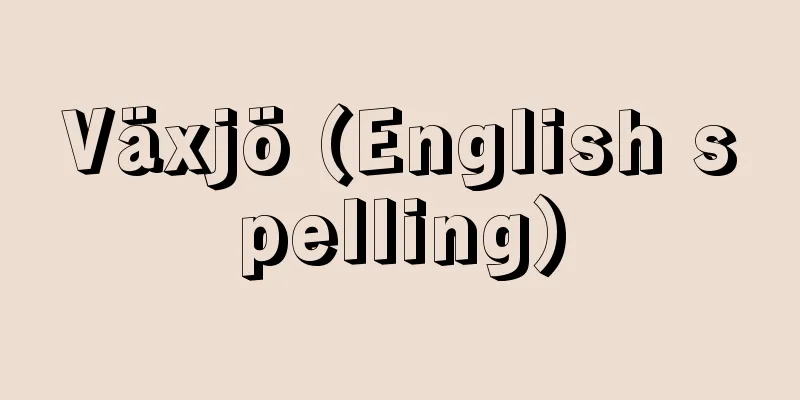
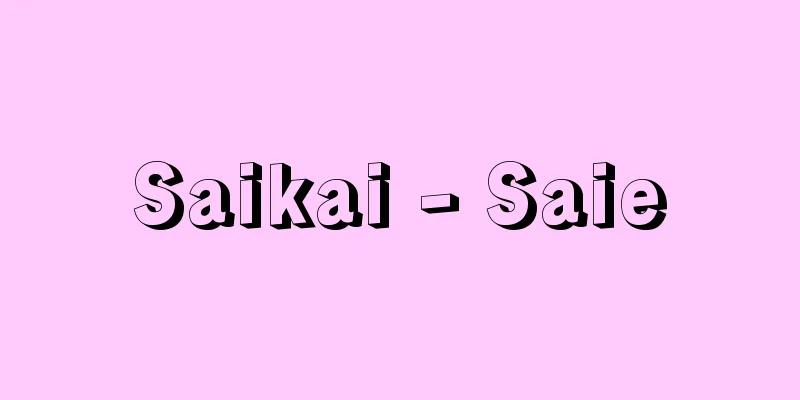
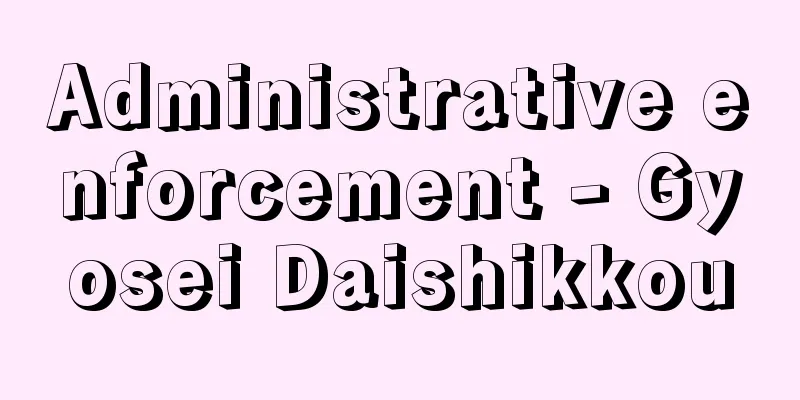


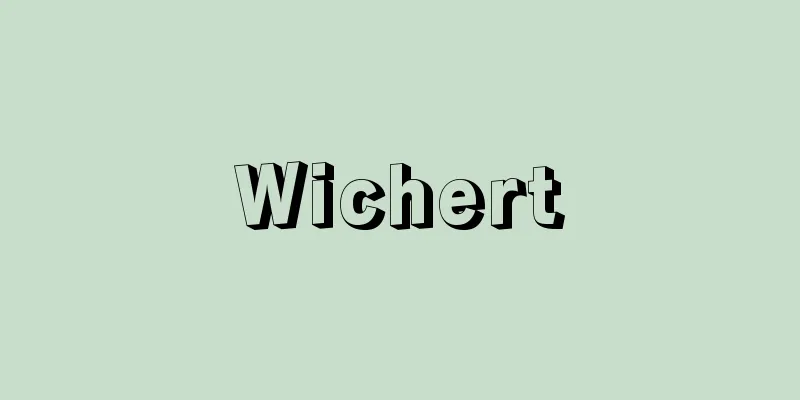
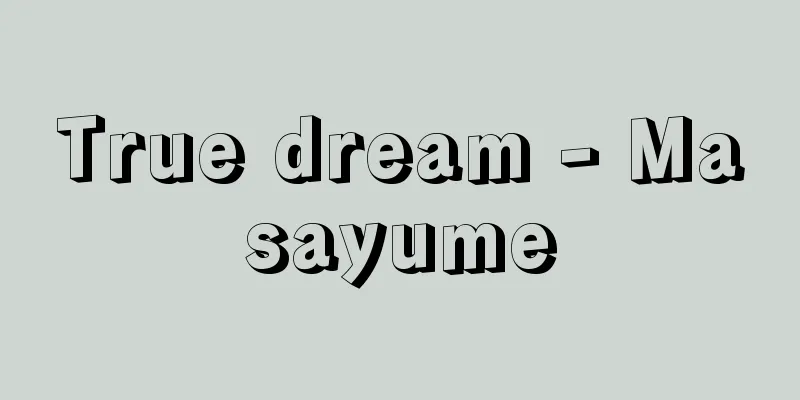
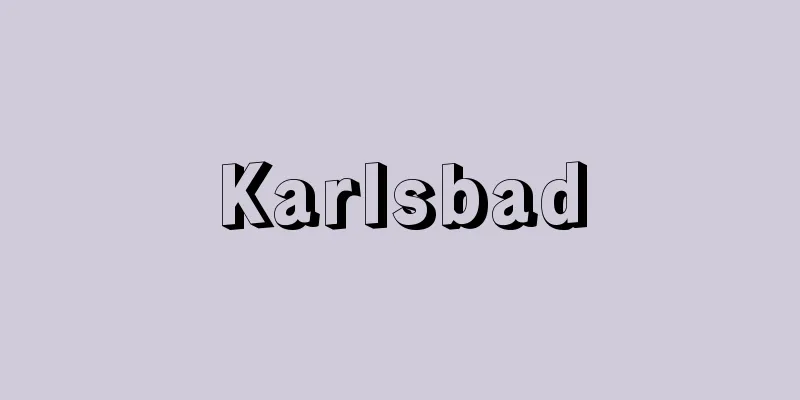
![Kashima [town] - Kashima](/upload/images/67cb32d23d241.webp)
